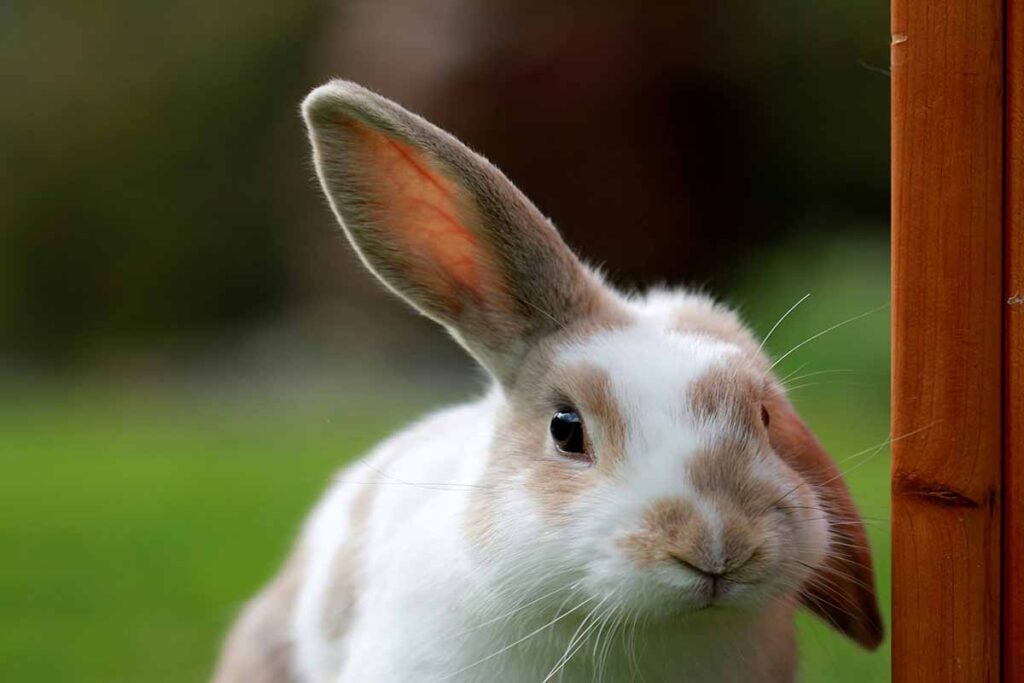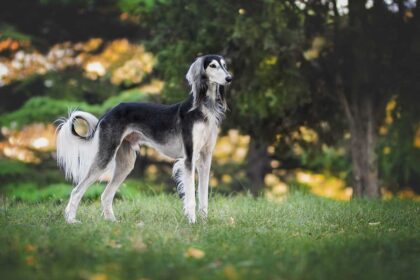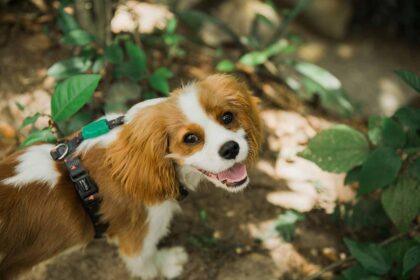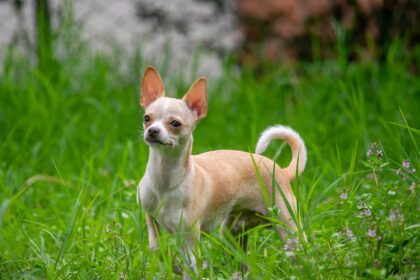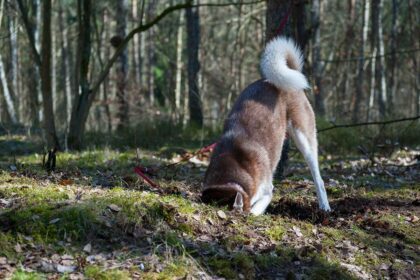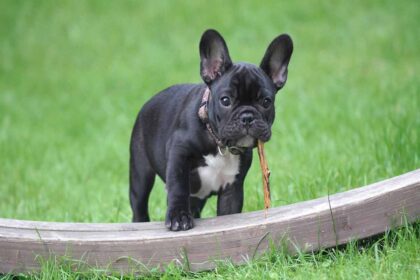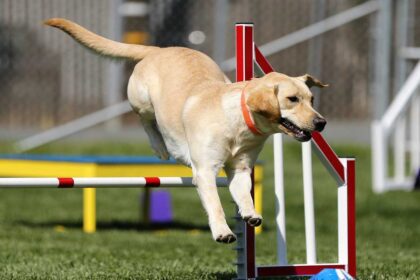Imagine a rabbit with ears so soft and long they gracefully droop down its face.That’s the undeniable charm of lop rabbits. These cuddly creatures are known for their distinctive floppy ears, a genetic mutation that adds a touch of whimsy to their already adorable appearance. Whether you’re captivated by their gentle eyes or their velvety fur, lop rabbits come in a surprising variety of breeds, each with its unique personality and needs.
This blog serves as your one-stop guide to the wonderful world of lop rabbit breeds. We’ll explore their history, different types, care requirements, and everything you need to know to determine if a floppy-eared friend is the perfect fit for your home.
History of Lop Rabbit Breeds
The history of lop rabbits is as fascinating as their ears are floppy. The exact origin remains a bit fuzzy, but the first documented lop-eared rabbits appeared in Europe around the 18th century. These early lops weren’t quite like the standardized breeds we know today, but their droopy ears sparked interest in breeders who began to develop distinct lop rabbit breeds.
The development of popular lop rabbit breeds like the Holland Lop and English Lop is a story of selective breeding focused purely on aesthetics. Breeders weren’t interested in creating rabbits for work purposes, but rather in emphasizing the unique, floppy ear mutation.
Through careful breeding choices, the lop rabbits with increasingly dramatic ear carriage and a wider range of coat colors and sizes were established. This focus on appearance has resulted in the delightful variety of lop rabbit breeds we have today, each with its own captivating characteristics.
The Holland Lop
 The Holland Lop, with its captivatingly short, plush fur and oversized, butterfly-shaped ears, is undeniably one of the most popular lop rabbit breeds. Originally bred in the Netherlands by Adrian de Cock in the early 20th century, the Holland Lop is a result of crossing French Lops with the much smaller Netherland Dwarf rabbit. This charming breed wasn’t officially recognized by the American Rabbit Breeders Association (ARBA) until 1979, but it quickly captured the hearts of rabbit enthusiasts worldwide.
The Holland Lop, with its captivatingly short, plush fur and oversized, butterfly-shaped ears, is undeniably one of the most popular lop rabbit breeds. Originally bred in the Netherlands by Adrian de Cock in the early 20th century, the Holland Lop is a result of crossing French Lops with the much smaller Netherland Dwarf rabbit. This charming breed wasn’t officially recognized by the American Rabbit Breeders Association (ARBA) until 1979, but it quickly captured the hearts of rabbit enthusiasts worldwide.
Quick Facts
| Lifespan | About 7-10 years |
| Weight | 2-4 lbs (lightweight) |
| Color | Solids (white, black, brown) and brokens (white with another color) |
| Temperament | Friendly, docile and playful |
| Grooming | Minimal and occasional brushing |
The French Lop
 The French Lop is a truly majestic lop rabbit breed. With its impressively long and muscular body draped in luxuriously thick fur, it stands out for its size and elegance. The exact origin story remains a bit fuzzy, but these gentle giants are believed to have been developed in France around the late 19th century, possibly by crossing English Lops with Flemish Giants. Officially recognized by the American Rabbit Breeders Association (ARBA) in 1974, French Lops have become beloved companions for those who can offer them ample space.
The French Lop is a truly majestic lop rabbit breed. With its impressively long and muscular body draped in luxuriously thick fur, it stands out for its size and elegance. The exact origin story remains a bit fuzzy, but these gentle giants are believed to have been developed in France around the late 19th century, possibly by crossing English Lops with Flemish Giants. Officially recognized by the American Rabbit Breeders Association (ARBA) in 1974, French Lops have become beloved companions for those who can offer them ample space.
Quick Facts
| Lifespan | About 7-10 years |
| Weight | 10-19 lbs (large breed) |
| Color | Wide variety including solids and brokens (white with another color) |
| Temperament | Calm and easygoing |
| Grooming | Regular brushing to prevent matting |
The English Lop
 Among the many lop rabbit breeds, the English Lop holds a special place in history. Believed to be one of the oldest established lop breeds, these rabbits boast a long and muscular build adorned with a thick coat of fur. Their signature feature, of course, is the gloriously floppy ears that have become synonymous with lop rabbits.
Among the many lop rabbit breeds, the English Lop holds a special place in history. Believed to be one of the oldest established lop breeds, these rabbits boast a long and muscular build adorned with a thick coat of fur. Their signature feature, of course, is the gloriously floppy ears that have become synonymous with lop rabbits.
The exact origins of the English Lop remain unclear, but their presence in England dates back to at least the 18th century. Officially recognized by the American Rabbit Breeders Association (ARBA) in 1978, the English Lop continues to be a popular choice for rabbit enthusiasts seeking a calm and social companion.
Quick Facts
| Lifespan | About 5-7 years |
| Weight | 9-16 lbs (large breed) |
| Color | Wide variety including solids and brokens (white with another color) |
| Temperament | Calm, social and enjoys attention |
| Grooming | Regular brushing to prevent matting |
The American Fuzzy Lop
 The world of lop rabbit breeds wouldn’t be complete without the American Fuzzy Lop.
The world of lop rabbit breeds wouldn’t be complete without the American Fuzzy Lop.
Unlike its historical counterparts, this breed is a relative newcomer, recognized by the American Rabbit Breeders Association (ARBA) in the 1980s.
Developed in the United States by breeding Holland Lops with French Angoras, the American Fuzzy Lop stands out for its luxurious coat of wool, resembling that of Angora rabbits but shorter. Despite their recent arrival on the lop rabbit scene, these adorable creatures have captured hearts with their playful personalities and undeniable cuteness.
Quick Facts
| Lifespan | About 7-10 years |
| Weight | 4-8 lbs (medium breed) |
| Color | Wide variety including solids and brokens (white with another color) |
| Temperament | Playful and outgoing |
| Grooming | Regular brushing to prevent matting, due to their wool coat |
The Dwarf Lop
 The term “Dwarf Lop” within the world of lop rabbit breeds refers to a category rather than a single breed. Recognized by the American Rabbit Breeders Association (ARBA), Dwarf Lops encompass any lop rabbit breed that falls below the weight standard of a Holland Lop (typically under 4 pounds).
The term “Dwarf Lop” within the world of lop rabbit breeds refers to a category rather than a single breed. Recognized by the American Rabbit Breeders Association (ARBA), Dwarf Lops encompass any lop rabbit breed that falls below the weight standard of a Holland Lop (typically under 4 pounds).
This delightful category offers a surprising variety! Holland Lops bred for smaller size, Jersey Wooly rabbits with their wooly coats, and even Lionhead rabbits with their mane-like fur can all fall under the Dwarf Lop umbrella. These charming little rabbits are known for their playful personalities and social nature.
Quick Facts
| Lifespan | About 7-10 years |
| Weight | 3-4.5 lbs (small breed) |
| Color | Wide variety depending on the specific breed within the Dwarf Lop category |
| Temperament | Playful, energetic and social |
| Grooming | Varies depending on the specific breed’s fur type (short, wooly, etc.) |
The Mini Lop
 Not to be confused with the category of Dwarf Lops, the Mini Lop is a recognized breed by the American Rabbit Breeders Association (ARBA). This breed offers a delightful alternative to the Holland Lop, providing a slightly larger and more robust lop rabbit option.
Not to be confused with the category of Dwarf Lops, the Mini Lop is a recognized breed by the American Rabbit Breeders Association (ARBA). This breed offers a delightful alternative to the Holland Lop, providing a slightly larger and more robust lop rabbit option.
Developed through selective breeding of Holland Lops, Mini Lops typically weigh between 4.5 and 6.5 pounds. These charming rabbits boast the same captivating floppy ears and friendly personalities as their Holland Lop cousins, making them a popular choice for those seeking a cuddly and playful lop companion.
Quick Facts
| Lifespan | About 7-10 years |
| Weight | 4.5-6.5 lbs (medium breed) |
| Color | Wide variety including solids and brokens (white with another color) |
| Temperament | Friendly and playful |
| Grooming | Minimal brushing to maintain their short fur |
Taking Care of Lop Rabbit Breeds
Keeping your lop rabbit happy and healthy requires a commitment to proper veterinary care. Like all rabbits, lop rabbit breeds are susceptible to certain health concerns. Dental issues are common due to their constantly growing teeth.
Regular vet checkups can ensure these teeth are properly trimmed to prevent overgrowth and discomfort. And Lop rabbits are also more prone to ear infections due to their floppy ears which can trap moisture and debris. Regular cleaning and vet checkups can help prevent infections.
Fortunately, there’s plenty you can do to keep your lop rabbit healthy! Providing a balanced diet rich in hay, a few pellets, and occasional treats is essential. Daily exercise time outside their enclosure allows them to stretch their legs and keep muscles toned.
Finally, maintaining a clean environment and scheduling regular vet checkups are crucial for preventing illness and ensuring your lop rabbit lives a long, happy life. Therefore by understanding the specific needs of lop rabbit breeds and providing them with proper care, you can create a lasting bond with your floppy-eared friend.
FAQ
Q.Are lop rabbits good with kids?
A. Some lop breeds can be, but supervise all interactions. Opt for older children (8+) who can handle rabbits gently.
Q. How much exercise do lops need?
A. Aim for 2-4 hours daily outside their enclosure for hopping and exploring. So they get enough exercise daily.
Q. What should I feed my lop rabbit?
A. Mostly hay (70-80%), with a bit of rabbit pellets and occasional treats like veggies and fruits. Consult your vet for specific recommendations.
Q. Is a lop rabbit right for me?
A. Consider your lifestyle. Holland Lops or Mini Lops are suited for smaller spaces, while French Lops or English Lops need more room. Research different breeds to find your perfect match.


